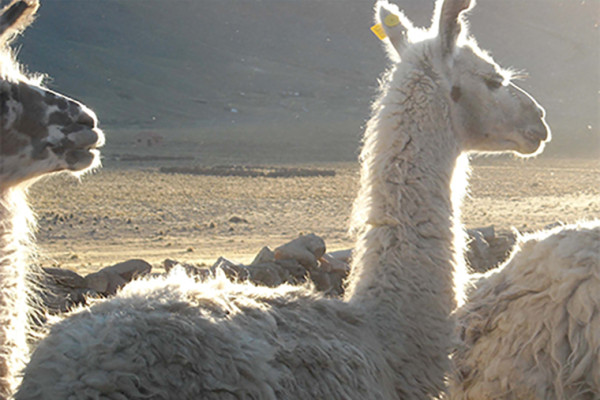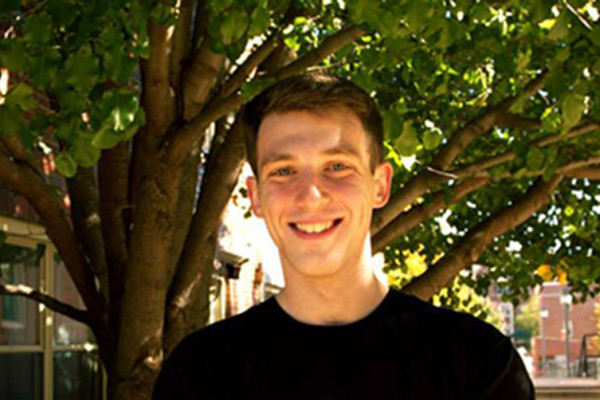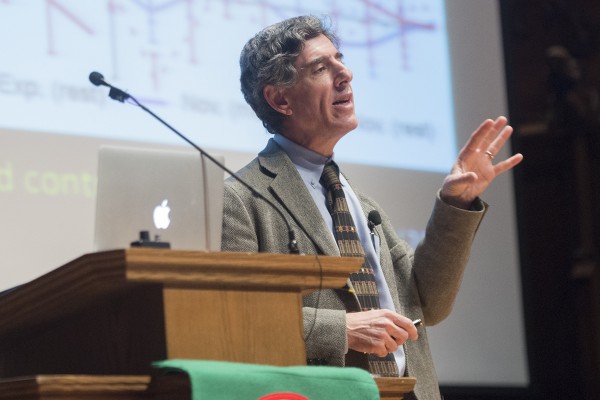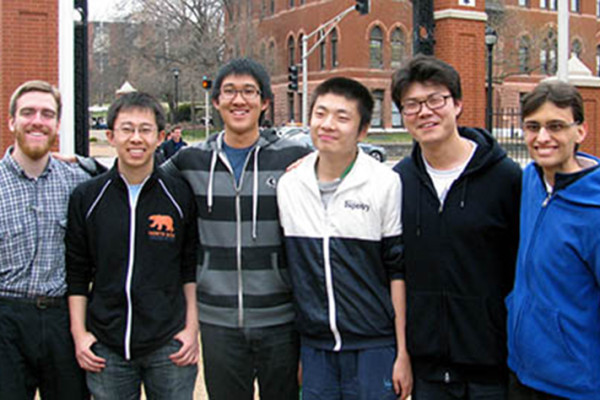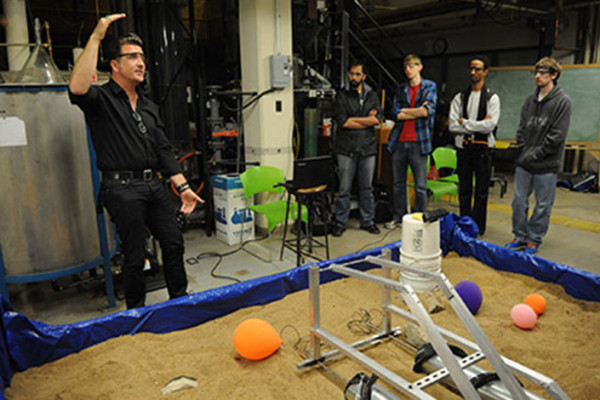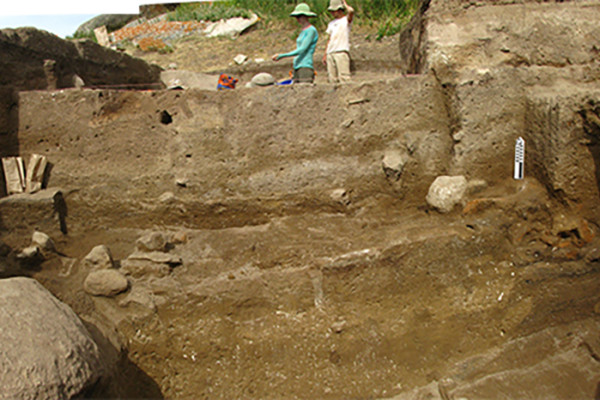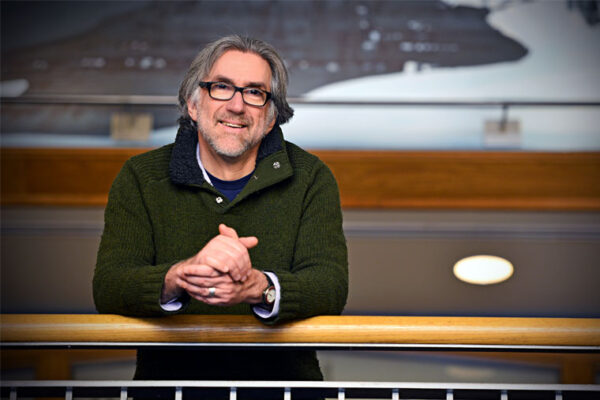The story of animal domestication retold
A review of recent research on the
domestication of large herbivores for “The Modern View of
Domestication,” a special feature of PNAS, suggests that neither intentional
breeding nor genetic isolation were as significant as traditionally
thought.
Moon receives National Science Foundation CAREER Award
Scientists often use things in nature as a model to
make new things, such as using birds as models for airplanes. One WUSTL
engineer is using a basic cell as a
model to make genetically engineered bacteria that would produce
biofuel or pharmaceuticals. Tae Seok Moon, PhD,
has received a prestigious Faculty Early Career Development
Award from the National Science Foundation for his project, “Engineering
Biological Robustness through Synthetic Control.”
Tinianow to receive 2014 Stalker Award
Alex Tinianow will receive this year’s Harrison D.
Stalker Award from the Department of Biology in Arts & Sciences at
Washington University in St. Louis. The award is given annually to a graduating biology
major whose undergraduate career combines outstanding scientific
scholarship with significant contributions in the arts and humanities.
On well-being
Groundbreaking neuroscientist Richard Davidson visited campus for two days of lectures, discussing the emotional life of the brain and how well-being can be learned.
WUSTL students shine in math competitions
A WUSTL team, consisting of sophomore Anthony Grebe, junior Patrick Lopatto and freshman Jongwhan Park, placed 10th out of 430 teams in the prestigious Lowell Putnam Mathematics Competition. WUSTL students also earned the first perfect score in the Missouri Collegiate Mathematics Competition.
Groundbreaking optical device could enhance optical information processing, computers
At St. Paul’s Cathedral in London, a section of the
dome called the Whispering Gallery makes a whisper audible from the
other side of the dome as a result of the way sound waves travel around
the curved surface. Researchers at Washington University in St. Louis
have used the same phenomenon to build an optical device that may lead to new and more powerful computers that run faster and cooler.
Robots on Mars
Before his Assembly Series talk, Adam Steltzner, a NASA engineer in charge of the Mars Curiosity rover landing, met with WUSTL students and discussed their entry for NASA’s Robotic Mining Competition.
Ancient nomads spread earliest domestic grains along Silk Road, study finds
Charred grains of barley, millet and wheat deposited nearly 5,000 years ago at campsites in the high plains of Kazakhstan show that nomadic sheepherders played a surprisingly important role in the early spread of domesticated crops throughout a mountainous east-west corridor along the historic Silk Road, suggests new research from Washington University in St. Louis.
A Q&A with planetary scientist Bill McKinnon
Bill McKinnon, PhD, professor of earth and planetary
sciences at Washington University in St. Louis, lists as his top research
interests the icy satellites of the outer solar system and the physics of
impact cratering. But he isn’t picky. If anything unusual and exciting is going
on anywhere in the solar system, he wants to know about it.
IDEA Labs Demo Day April 18
IDEA Labs will host its second annual Demo Day April 18. Medical and engineering students from the Medical and Danforth campuses will demonstrate prototypes for inventions they created to solve a variety of health-care problems.
Older Stories
